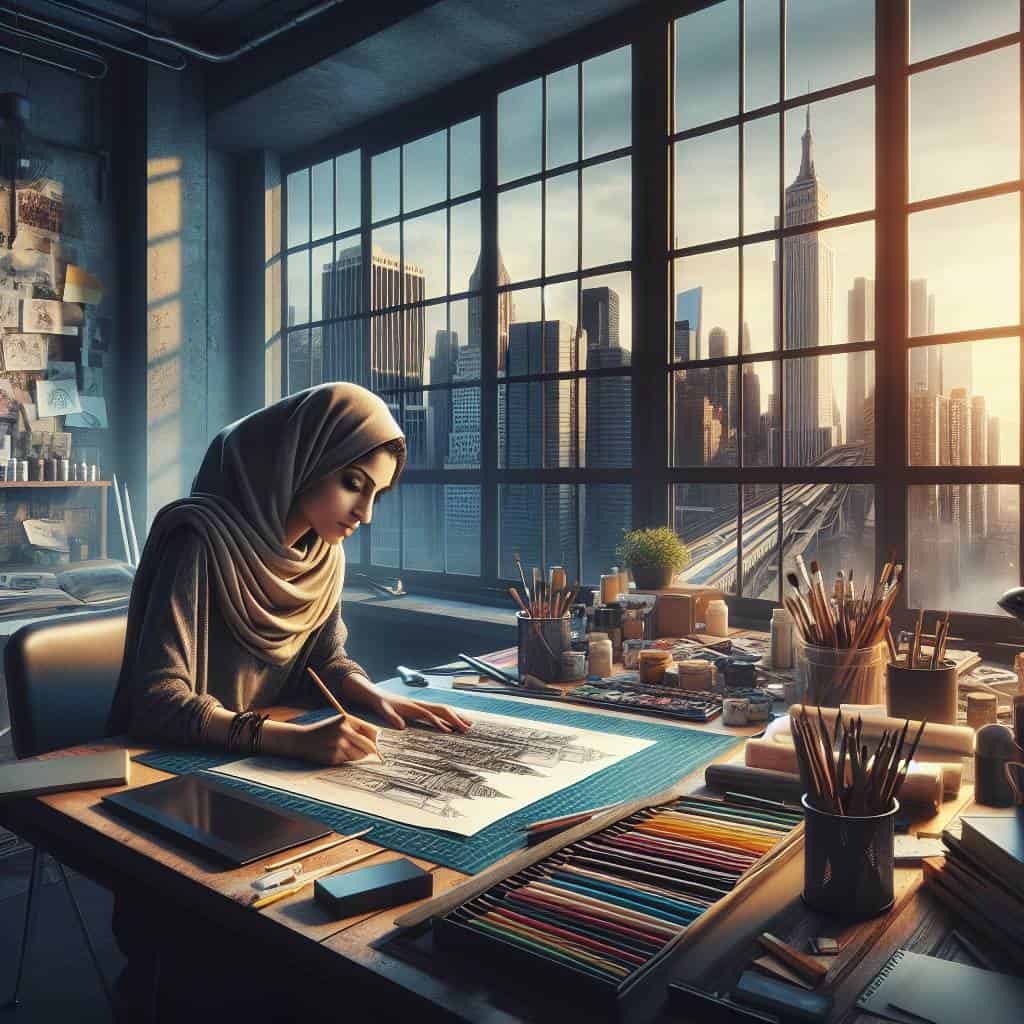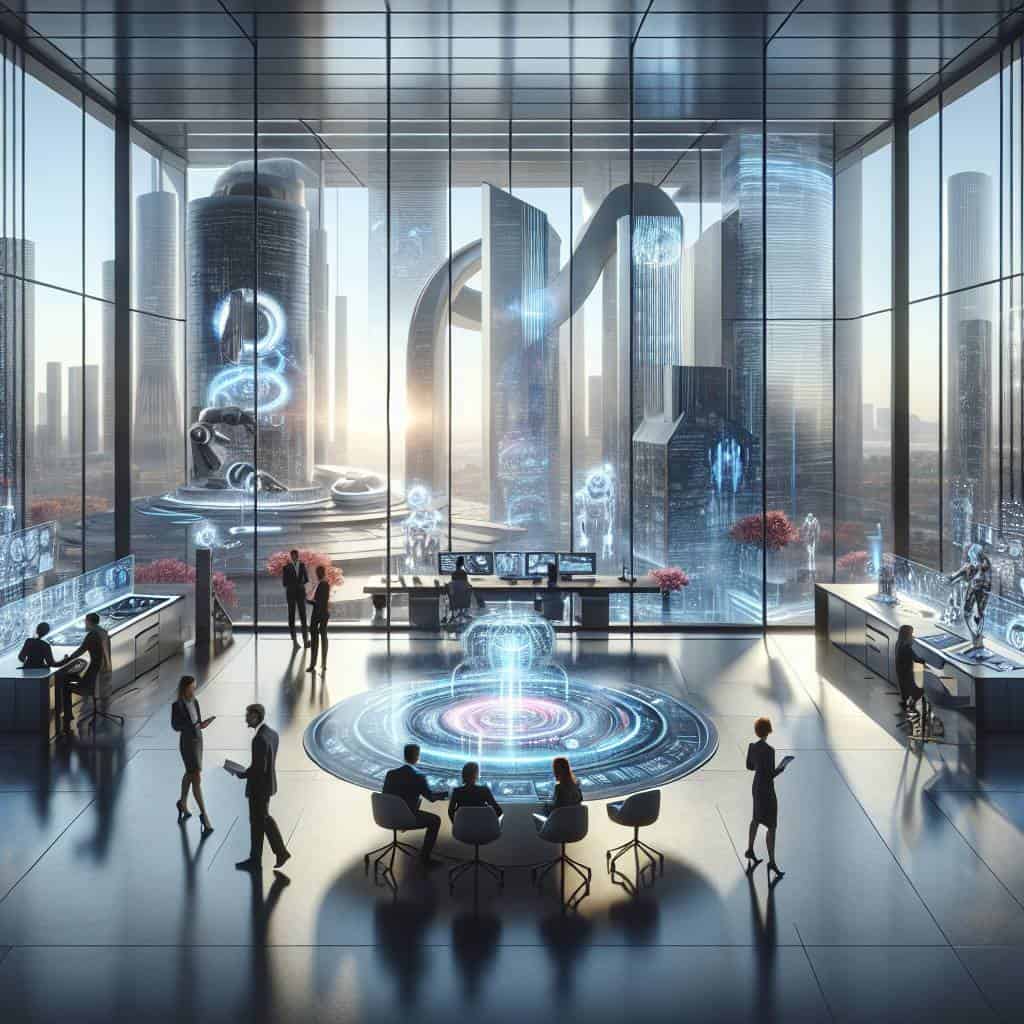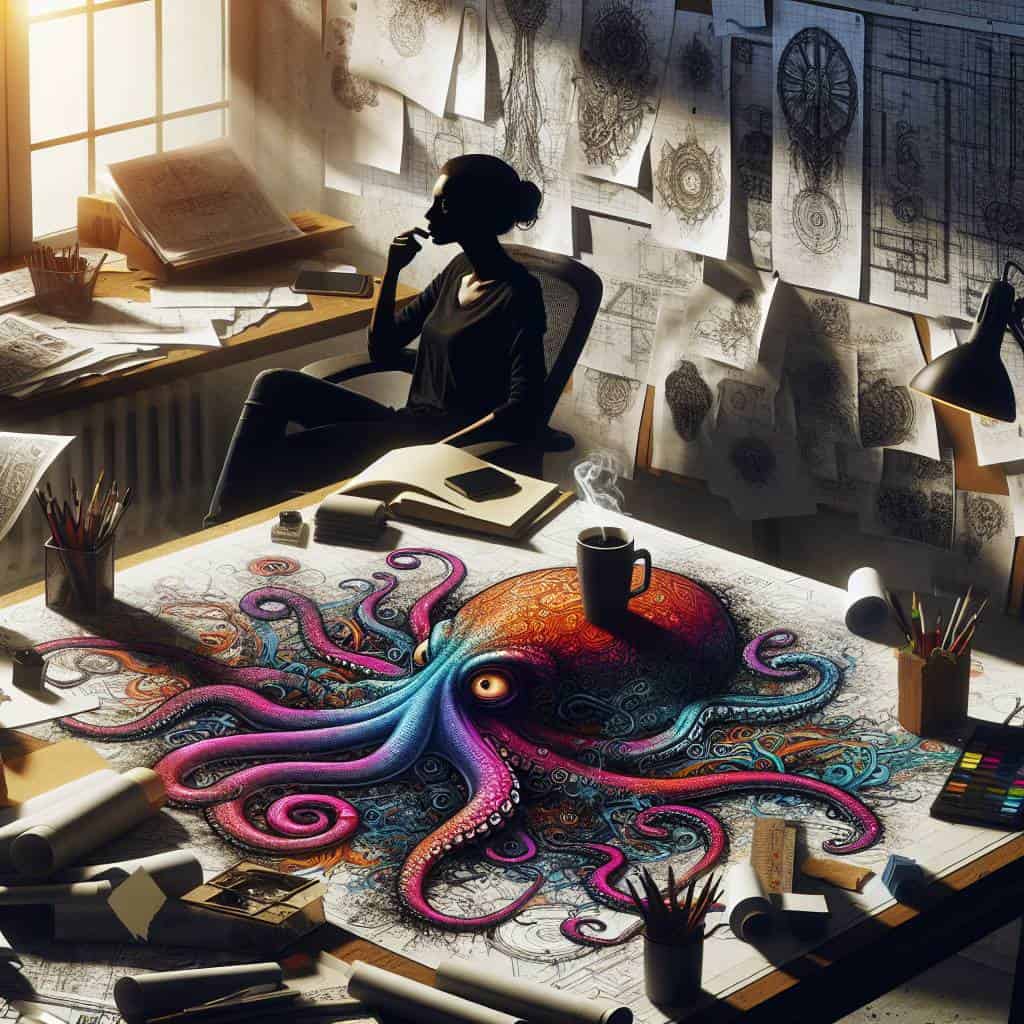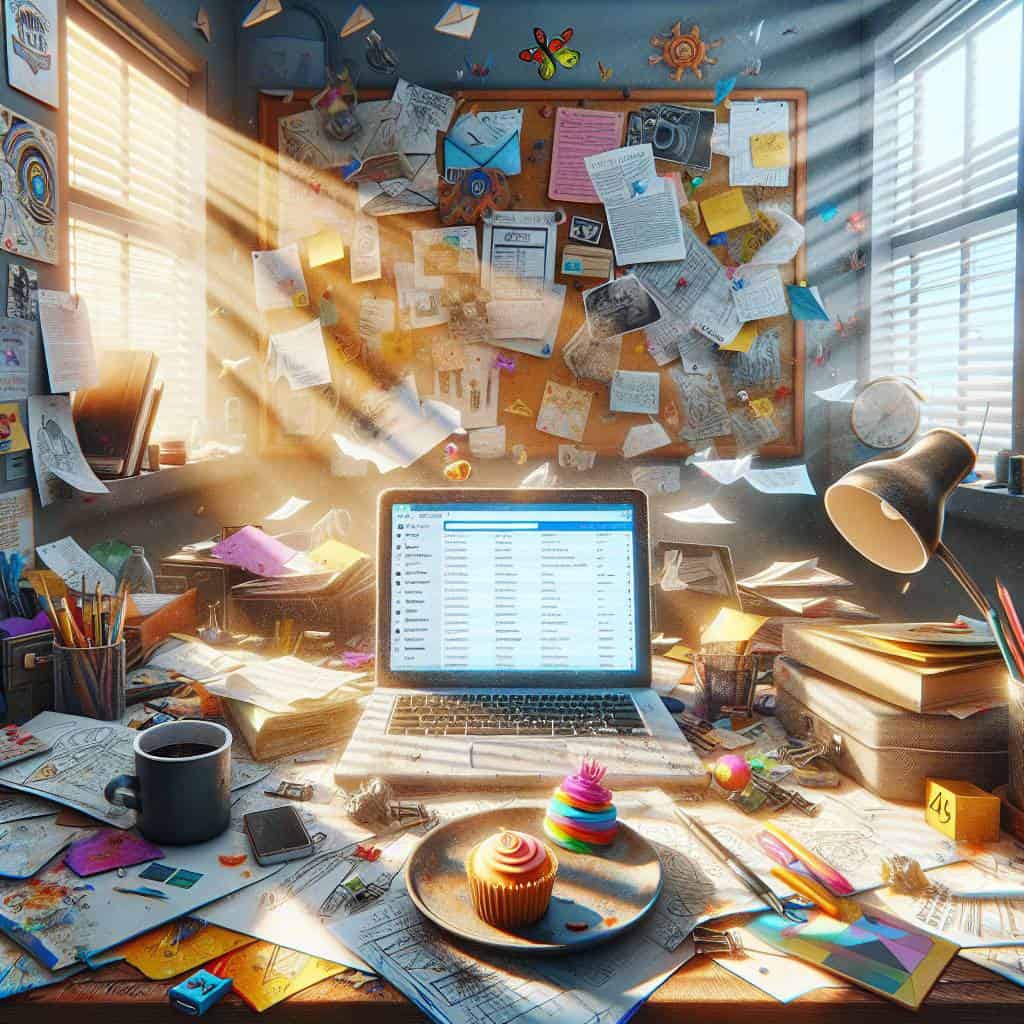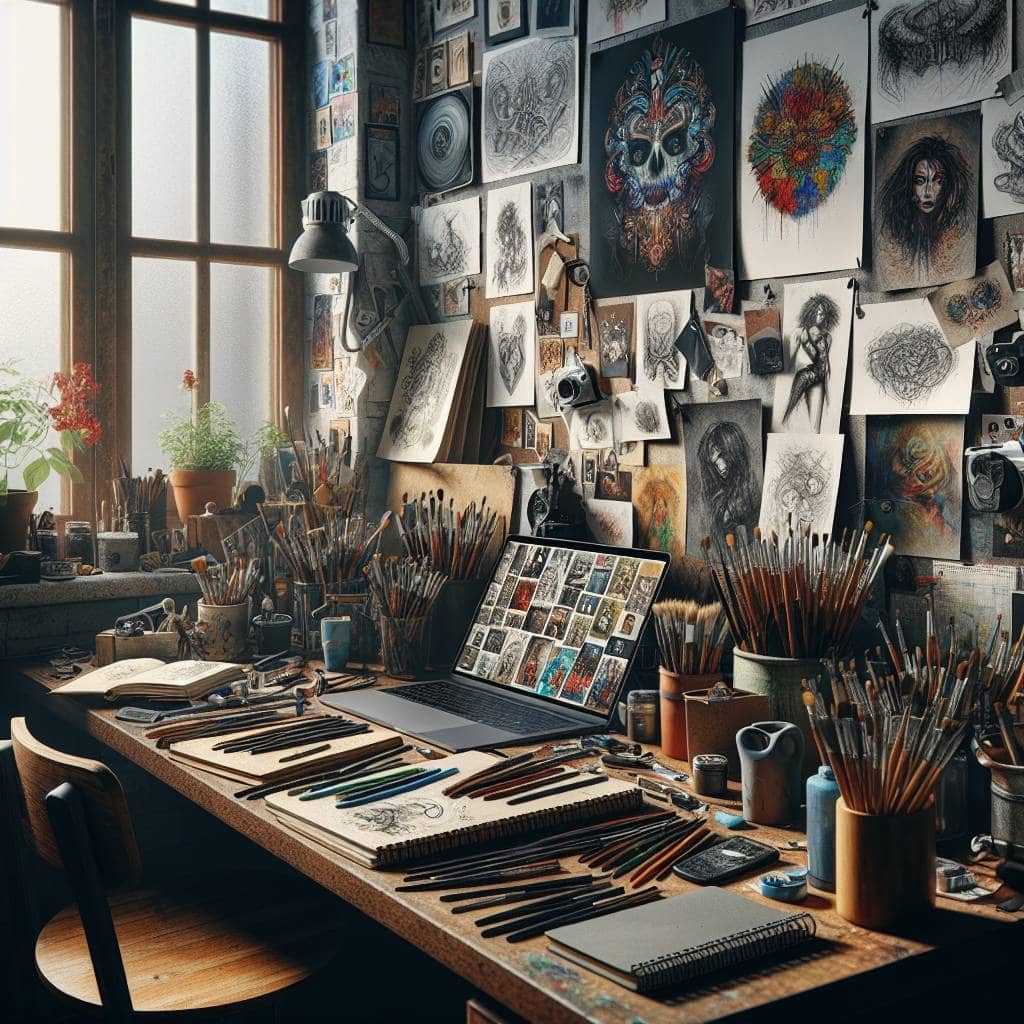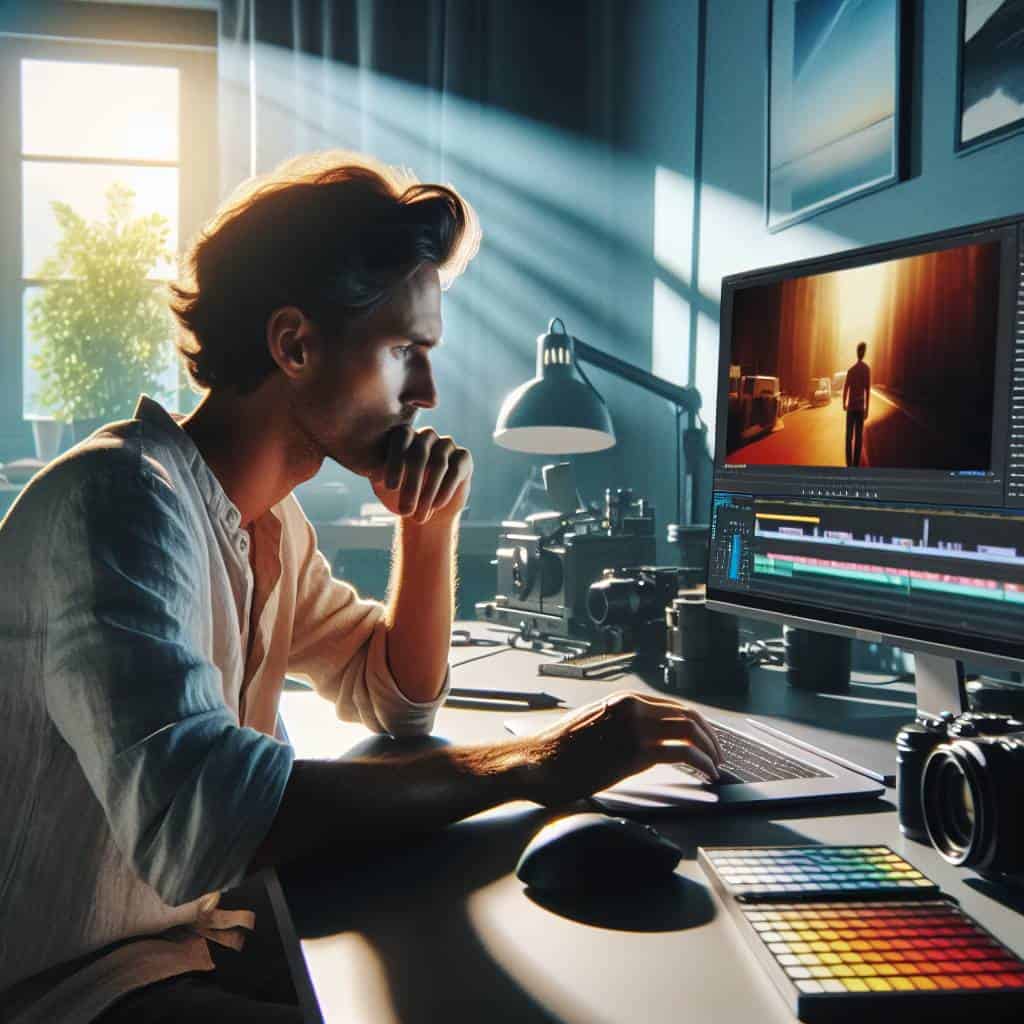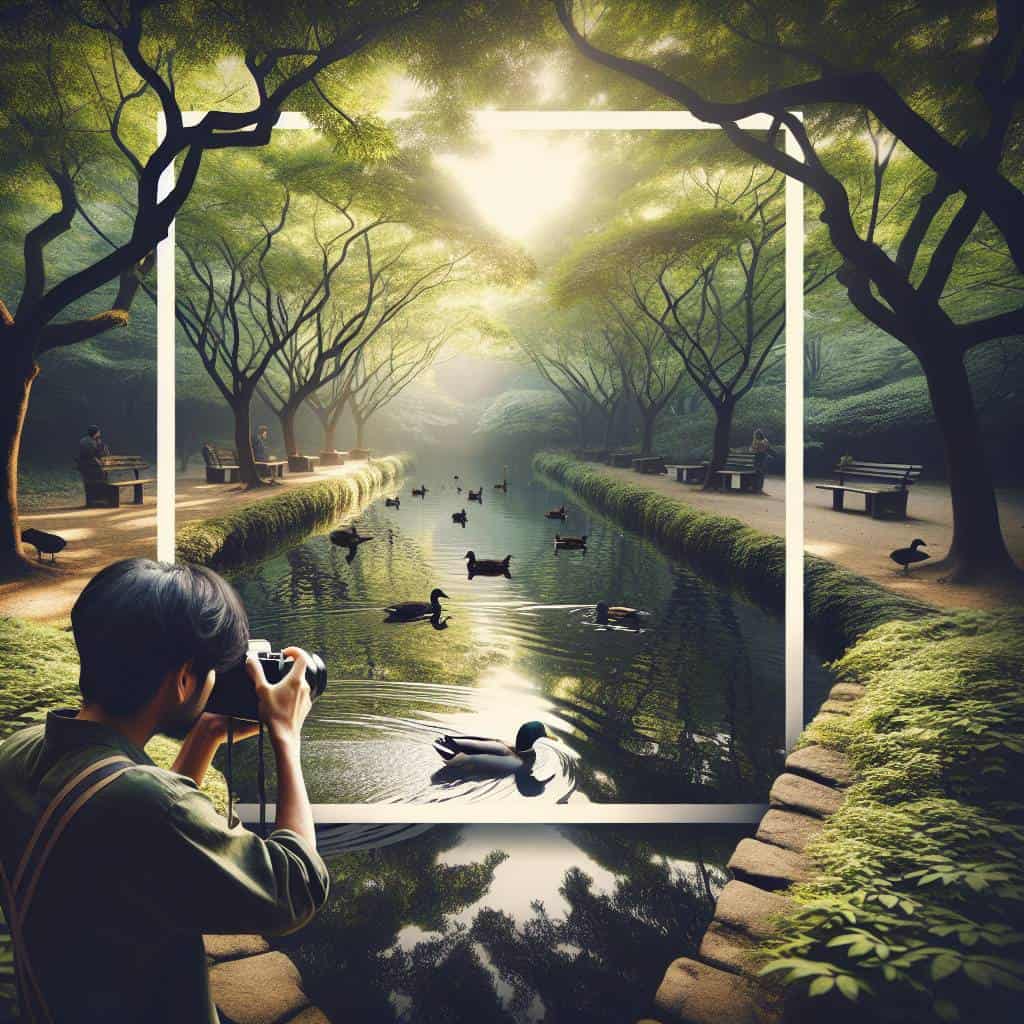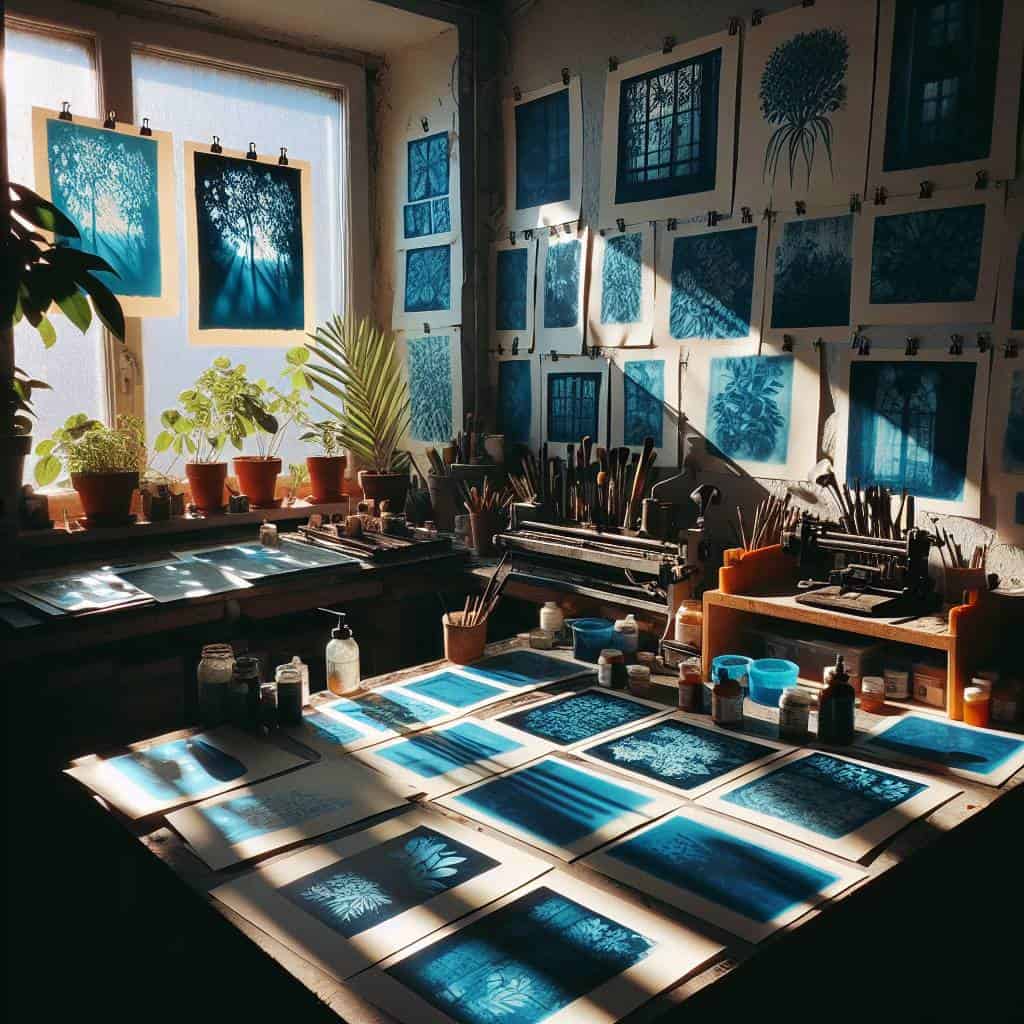I once filmed an entire scene with the enthusiasm of a kid in a candy store, only to realize later that I’d lit it like a bad infomercial. Picture this: actors delivering Oscar-worthy lines under the harsh glow of fluorescent lights, casting shadows that danced like they were at a disco. It was a humble reminder that you can’t just point a camera and hope for magic. Lighting isn’t a mere afterthought; it’s the silent conductor that orchestrates the symphony of visuals. Screw it up, and you’re left with a mess that even a thousand-dollar camera can’t save.
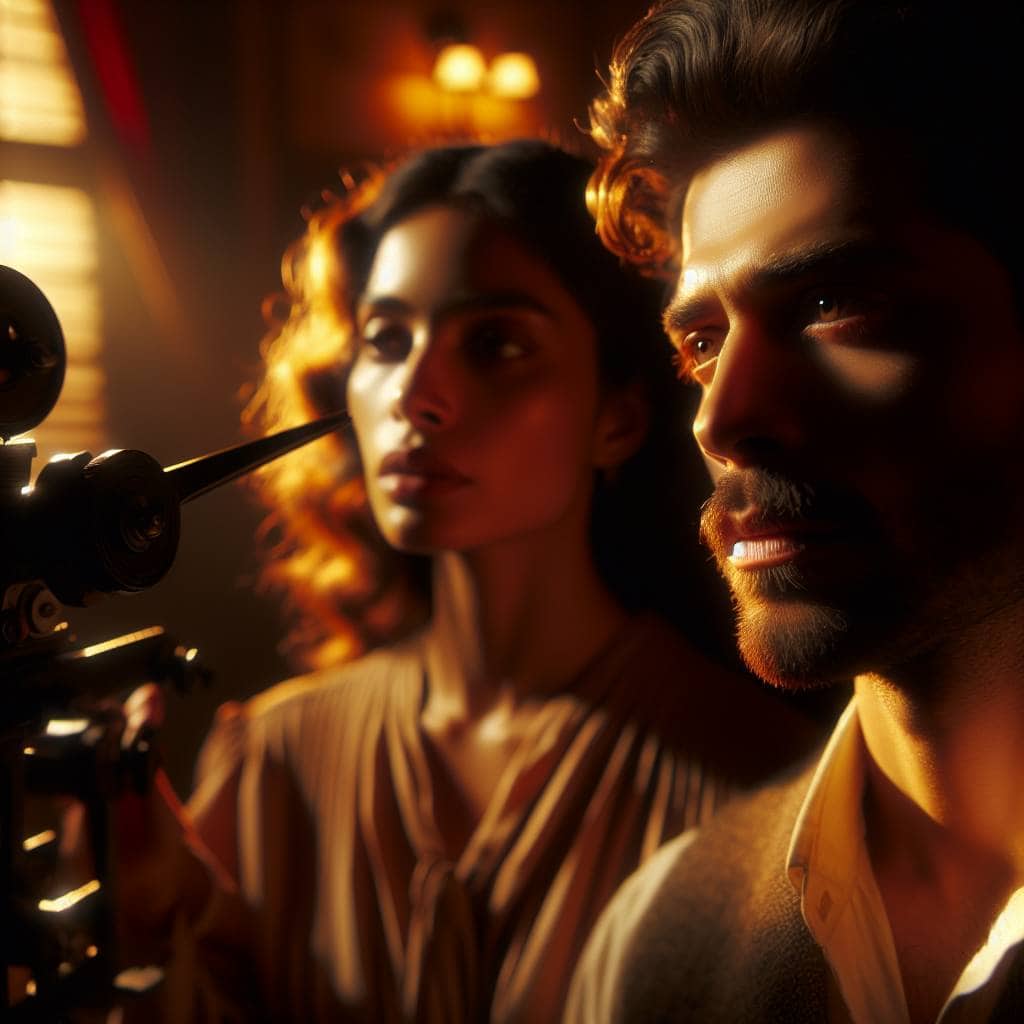
So, let’s strip away the pretentious jargon and get real about the unsung hero of filmmaking. In the next few paragraphs, we’ll dive into the gritty details of three-point lighting and how it can breathe life into flat cinematography. We’ll unravel the mysteries of mood and tone, exploring how the right shadows can whisper secrets and the perfect highlights can shout emotions. Grab your metaphorical flashlights, because we’re about to illuminate the dark corners of filmmaking that often get overshadowed.
Table of Contents
How Three-Point Lighting Turned My Dull Life Into Cinematic Gold
It was a rainy Tuesday afternoon when I first stumbled into the world of three-point lighting, with nothing but a camera in hand and a head full of cinematic dreams. The problem? My life looked more like a grainy soap opera than the sleek, vibrant movies I admired. Enter the holy trinity of lighting: key, fill, and backlight. These three elements transformed my dingy apartment into a stage worthy of an Oscar.
Picture this: a single, harsh light casting unforgiving shadows across the room. It was a scene straight out of a low-budget horror flick. But with the strategic placement of a key light to highlight my subject, a fill light to soften those dramatic shadows, and a backlight for that subtle halo effect, the transformation was nothing short of alchemical. Suddenly, the mundane became magical. My world, once flat and uninspired, now danced with depth and dimension. It was as if someone had turned up the saturation on my existence.
In this new cinematic realm, mood and tone were now my playthings. The warm glow of a well-placed fill light could transform a dreary corner into a cozy nook, while a sharp backlight added tension and intrigue to even the most benign settings. Three-point lighting became my secret weapon, my silent partner in the relentless pursuit of visual storytelling. It taught me that every scene has a story waiting to be told, and with the right lighting, even the dullest life can shimmer like a silver screen triumph.
Illuminating the Soul of Cinema
In the dance of shadows and light, a film breathes its first breath. Three-point lighting doesn’t just illuminate a scene; it sculpts emotion, crafting a visual symphony that whispers to the soul.
Illuminating My Cinematic Soul
The day I discovered the transformative magic of lighting, it felt like finally seeing the world in high-definition after years of squinting through a smudged lens. It was as if someone had handed me the keys to a secret kingdom where shadows danced and highlights whispered stories untold. Three-point lighting became more than just a technique—it was my lighthouse in the fog of creativity, guiding me to craft visual symphonies that sang louder than any dialogue ever could. In the world of cinematography, where mood is king and tone its loyal queen, lighting wields the scepter that crowns them both.
But here’s the kicker: it’s not just about what you see; it’s about what you feel. Every time I set up a light stand, adjust a key, or finesse a fill, I’m not just shaping a scene—I’m sculpting an emotional landscape. It’s an art that spills over from film into life itself, where we all desperately seek to illuminate our own stories against the backdrop of an indifferent world. So, as I continue this journey, I invite you to join me in exploring how a well-placed light can turn the mundane into the extraordinary, and perhaps, just perhaps, illuminate paths we never knew existed.
